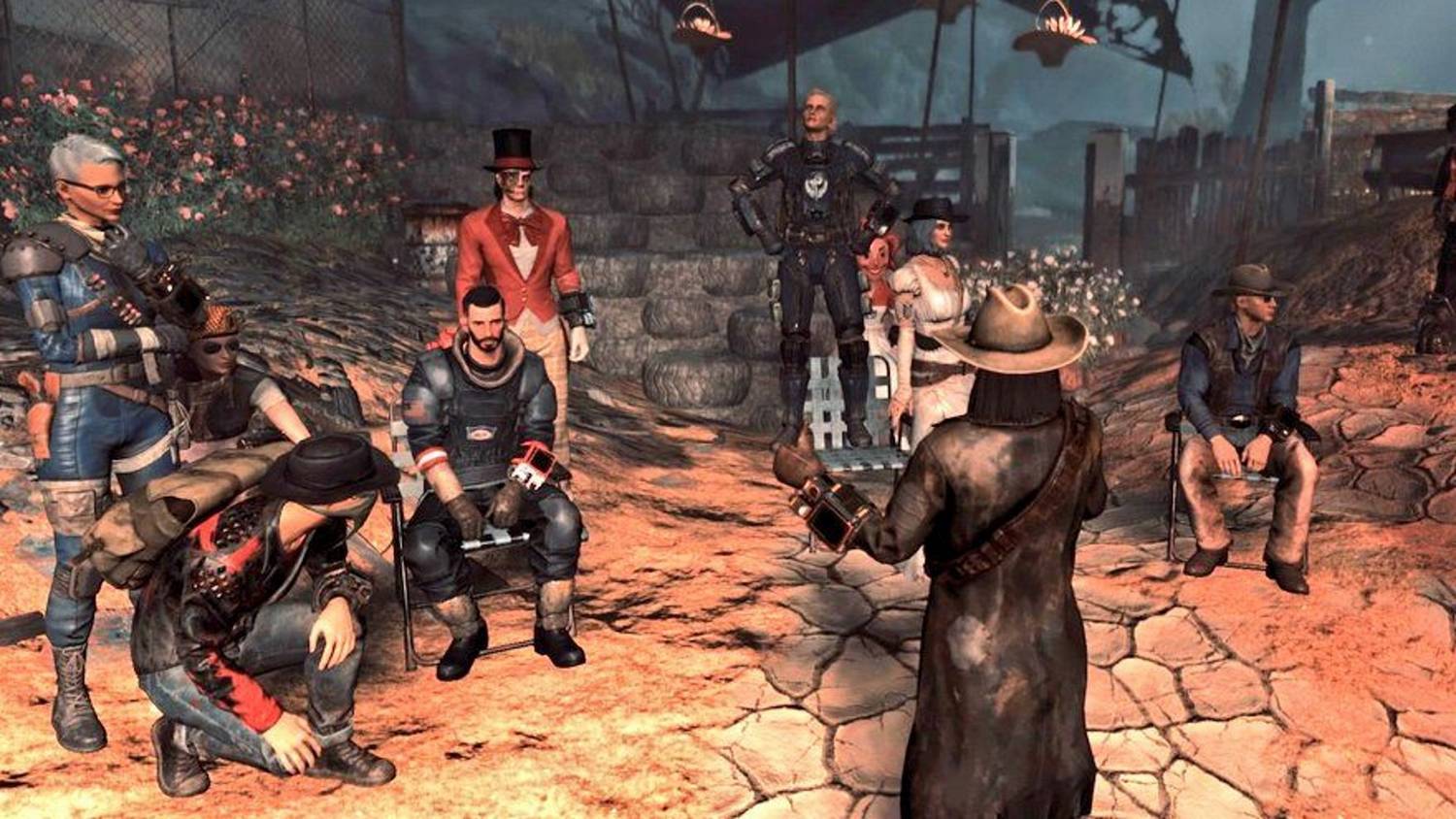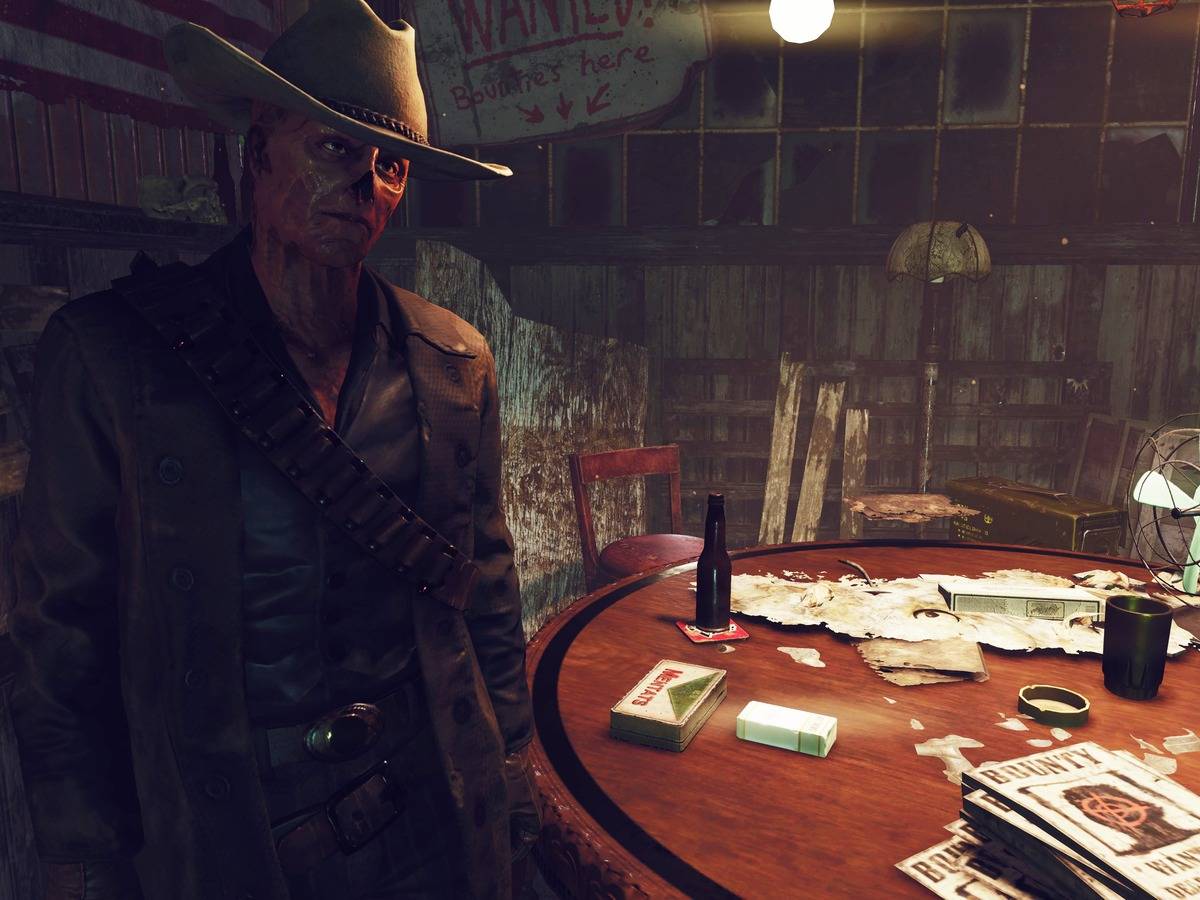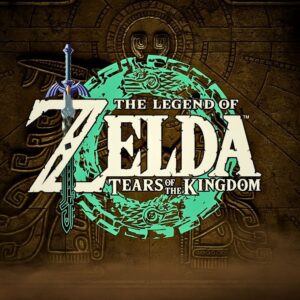The Post-Apocalyptic Crossover: Fallout 76 Embraces ‘The Ghoul’
Popular Now
 Counter-Strike 2
Counter-Strike 2
 Warframe
Warframe
 BeamNG.drive
BeamNG.drive
 Call of Duty
Call of Duty
 Candy Crush Saga
Candy Crush Saga
 Roblox
Roblox
 Garena Free Fire: Kalahari
Garena Free Fire: Kalahari
 R.E.P.O
R.E.P.O
 Minecraft
Minecraft
 CarX Street
CarX Street
 In a move that has ignited the Fallout community and positioned Fallout 76 for its most significant content release yet, developers at Bethesda Game Studios have confirmed the organic and pivotal inclusion of Walton Goggins’ iconic character, The Ghoul (Cooper Howard), in the upcoming Burning Springs expansion. This large-scale update, slated for release in early December to coincide with the highly-anticipated second season of the Prime Video Fallout series, is being described as a “total tonal tandem” with the show.
In a move that has ignited the Fallout community and positioned Fallout 76 for its most significant content release yet, developers at Bethesda Game Studios have confirmed the organic and pivotal inclusion of Walton Goggins’ iconic character, The Ghoul (Cooper Howard), in the upcoming Burning Springs expansion. This large-scale update, slated for release in early December to coincide with the highly-anticipated second season of the Prime Video Fallout series, is being described as a “total tonal tandem” with the show.
This statement represents a notable departure from previous comments by lead producer Bill LaCoste, who had suggested a “very limited” crossover was likely, primarily due to the vast time difference—nearly two hundred years—between the game’s setting in Appalachia and the show’s timeline. However, the resounding success of the first season appears to have spurred a strategic and welcome change of heart, aiming to capitalize on the massive influx of new and returning players eager for more content steeped in the Fallout show’s flavor.
 Burning Springs: A New Frontier with a ‘New Vegas Feel’
Burning Springs: A New Frontier with a ‘New Vegas Feel’
The Burning Springs expansion, lauded as the “biggest update ever” for the online survival RPG, transports players to a new section of the map in Ohio. Creative Director Jon Rush has pitched the new area as offering a desired “New Vegas feel” characterized by its deserts, Deathclaws, and Raiders. This aesthetic shift is intentional, designed to echo the Nevada setting teased for Fallout Season 2, providing a geographically plausible yet tonally aligned experience for players seeking continuity from the TV series.
The developers have stressed that the decision to feature The Ghoul came about “organically” as they fleshed out the content for the Ohio region. His character will host the expansion’s “hallmark feature”: a new bounty-hunting system. The player will encounter the Ghoul in Highway Town, where he will issue various contracts, from “Grunt Hunts” to more complex “Head Hunts.”
Key Highlights of the Burning Springs Expansion:
- New Region: The northwestern border expands into Ohio, offering a blank slate for new lore and exploration.
- The Ghoul’s Presence: Walton Goggins reprises his role with original voice lines, anchoring the new Bounty Hunting system.
- Gameplay Focus: Emphasizing a single-player Fallout vibe with an overarching main quest culminating in a confrontation with the new faction leader, the Rust King, an intelligent Super Mutant.
- Alignment with Season 2: The “total tonal tandem” ensures the expansion captures the narrative and aesthetic appeal of the TV series.
- Monetization & Engagement: This significant content push is aimed at player retention and attracting a new audience that streamed the show, representing a lucrative strategy in the gaming industry and for Amazon Prime Video.
 The “Organic” Crossover and Lore Justification
The “Organic” Crossover and Lore Justification
Despite the chronological gap, the developers found an organic way to justify Cooper Howard’s presence in Appalachia (and specifically, the Ohio expansion territory) so early in the timeline. Rush and LaCoste have pointed to his nature as a Ghoul—a character who does not age—as the primary lore justification for his far-flung travel during the years following the Great War. This carefully managed inclusion ensures that the game content is both a compelling tie-in for fans of the show and a respectful addition to the established Fallout canon.
The developers confirmed a highly collaborative process with the Fallout television team to ensure The Ghoul’s appearance, mannerisms, and signature weapon align perfectly with the character from the screen. This level of detail suggests a strong commitment to maintaining authenticity, which is crucial for maximizing player experience and game review scores, ultimately supporting the financial success of both the game and the show—a prime example of cross-media synergy.
This bold move by Bethesda to fully embrace the television series’ success represents a significant pivot from their initial caution, transforming what was intended to be a “very limited” tie-in into a major, investment-heavy content update. The timing is designed to create maximum market impact, driving up player counts and reinforcing the Fallout brand’s dominance in the post-apocalyptic RPG genre.
The expansion, therefore, is more than just new content; it’s a statement about Bethesda’s strategy to harness the power of cross-media success, ensuring that Fallout 76 remains a relevant and highly engaging title for the long term. The true test of this “total tonal tandem” will be its reception by the dedicated community and the new players it seeks to welcome in December.









